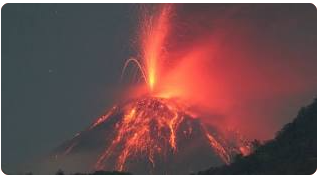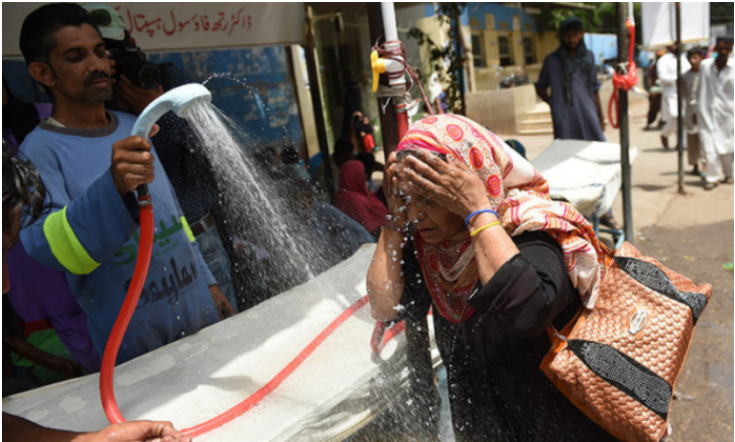Bali’s Volcano Eruption: Impact on Tourism and Local Communities

Bali’s Volcanic Eruption: Impact on Tourism and Local Communities
Bali, the iconic Indonesian paradise known for its vibrant culture and breathtaking landscapes, has recently faced an unexpected challenge due to the eruption of Mount Lewotobi, located on the neighboring island of Flores. The eruption, which began on March 20, 2025, has sent plumes of ash high into the atmosphere, forcing authorities to issue travel warnings, disrupt flight schedules, and raise concerns about the long-term effects on Bali’s tourism sector and local residents.
The Eruption and Immediate Effects
Mount Lewotobi, an active stratovolcano, erupted with significant force, sending ash clouds up to 8,000 meters (26,200 feet) into the air. The eruption’s impact was felt most acutely in nearby areas, particularly in Bali, which has been directly affected by flight disruptions due to volcanic ash. With air travel being a primary gateway for tourists to reach the island, flights from key cities like Melbourne and Sydney were canceled or delayed, leaving travelers stranded and uncertain.
This disruption has impacted Bali’s bustling tourism industry. While some tourists have chosen to delay or cancel their trips, others have faced immediate inconveniences with transportation and logistics. The Bali tourism sector, which contributes significantly to the local economy, has been hit hard by the ash cloud, as thousands of visitors remain unsure about their travel plans.
Tourism Under Threat
Tourism in Bali makes up a large portion of the island’s economy, providing livelihoods to thousands of businesses, from hotels and restaurants to tour operators and cultural experiences. The island has been a hotspot for travelers seeking both relaxation and adventure, offering a perfect blend of nature, culture, and luxury. However, events like volcanic eruptions are a reminder of the inherent risks faced by regions located along the Pacific Ring of Fire.
For businesses, the impact is immediate. Hotel cancellations, missed tours, and travel delays can result in significant financial losses. Local restaurant owners and small enterprises catering to tourists are particularly vulnerable, as they rely heavily on the flow of international visitors. While some have adapted by offering refunds or rescheduling services, the uncertainty surrounding the volcanic activity continues to pose a risk to their long-term stability.
Safety Measures and Government Response
In response to the eruption, the Indonesian government has taken swift action to ensure the safety of both locals and tourists. Authorities have raised the alert level to “orange,” the second-highest alert level, warning people to stay away from the immediate vicinity of the volcano. Evacuations have been carried out in the surrounding areas, and the Indonesian National Board for Disaster Management has been closely monitoring the situation.
While Bali remains unaffected by the eruption itself, the ash cloud continues to pose a threat to air travel, prompting further flight cancellations and delays. The Indonesian Ministry of Transportation has assured the public that the situation is being carefully managed, and air traffic will resume once conditions improve. For now, travelers are advised to stay in contact with their airlines and remain updated on the latest news from local authorities.
Impact on Local Communities
For the people of Bali, life continues, but with an air of caution. While the eruption has not caused significant physical damage to the island, many local residents, especially those working in tourism, are feeling the effects of the decreased number of visitors. The fear of long-term consequences is palpable, as Bali’s economy is largely reliant on tourism. The economic downturn due to disruptions in travel could take months to recover, depending on how quickly international visitors return.
However, the eruption also highlights the resilience of the Balinese people. While tourism is an essential industry, the community remains deeply connected to agriculture, arts, and culture. Many local businesses are diversifying to withstand fluctuations in tourist arrivals, and Balinese residents continue to celebrate their rich cultural heritage through events and religious ceremonies that help maintain a sense of normalcy.
Conclusion: Navigating the Uncertainty
As Bali navigates the aftermath of Mount Lewotobi’s eruption, the full impact on the tourism industry will unfold in the coming weeks. Tourists are encouraged to exercise patience and flexibility as they reschedule or adjust their travel plans, while the local community holds on to hope that the island will regain its footing once the volcanic activity subsides.
For Bali’s tourism industry, this eruption is a stark reminder of the natural risks associated with volcanic regions. As the island continues to recover, it is likely that the government and tourism stakeholders will introduce enhanced preparedness strategies to mitigate the effects of future natural disasters. Bali’s resilience and beauty will undoubtedly continue to draw visitors, but for now, the island’s community remains focused on ensuring safety, recovery, and the well-being of all those affected by this unforeseen eruption.










